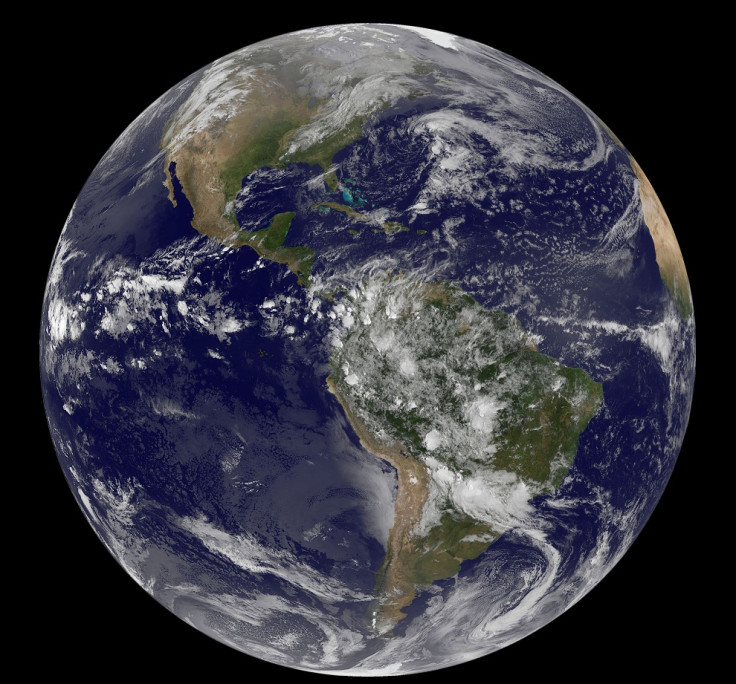Earth's Continental Plates Revving Up Thanks to Huge Water Reservoir in its Mantle

Contrary to earlier results and common sense, the earth's continental plates are moving faster than at any time in the last 2 billion years. The rate of collisions between the plates and the speed with which continents change latitude have doubled across the 2 billion years, says a new study.
This is in contrast with a study published last year which had concluded from the elements found in 3200 rocks (formed by tectonic action) that the plate motion has been slowing down since 1.2 billion years.
The new study by a team at New Mexico Institute of Mining and Technology in Socorro looked at frequency of new mountain belts formed by tectonic action and combined this with magnetic data from volcanic rocks to work out where the rocks formed and how the continents had moved.
They conclude that the average rate of continental collisions, and the average speed with which the continents change latitude has accelerated, reports New Scientist.
Common sense suggests that with age the levels of activity come down. In terms of science, the planet's inner heat is what powers plate tectonics and as the earth ages, this heat is ebbing away. So why or what is powering the increased movement?
It could be the presence of water within the earth's mantle that is at work, suggest experts. Recent works showed the presence of a reservoir of water three times the volume of all the oceans deep beneath the earth's surface. The water is hidden inside a blue rock called ringwoodite that lies 700 kilometres underground in the mantle, the layer of hot rock between earth's surface and its core.
The oceanic crust forms where plates move apart, allowing hot, light magma to rise from the mantle and solidify. But when the plates push against each other, the crust either rises up to form mountains or one of the plate is shoved under the other and is sucked back into the mantle, taking along some amount of water. Much of the water is released back through volcanoes.
But some of this water goes to make the mantle more flexible, speeding up the flow of rock. The effect is strong enough to overcome the stiffening of the mantle caused by the gradual cooling inside earth.
© Copyright IBTimes 2025. All rights reserved.





















